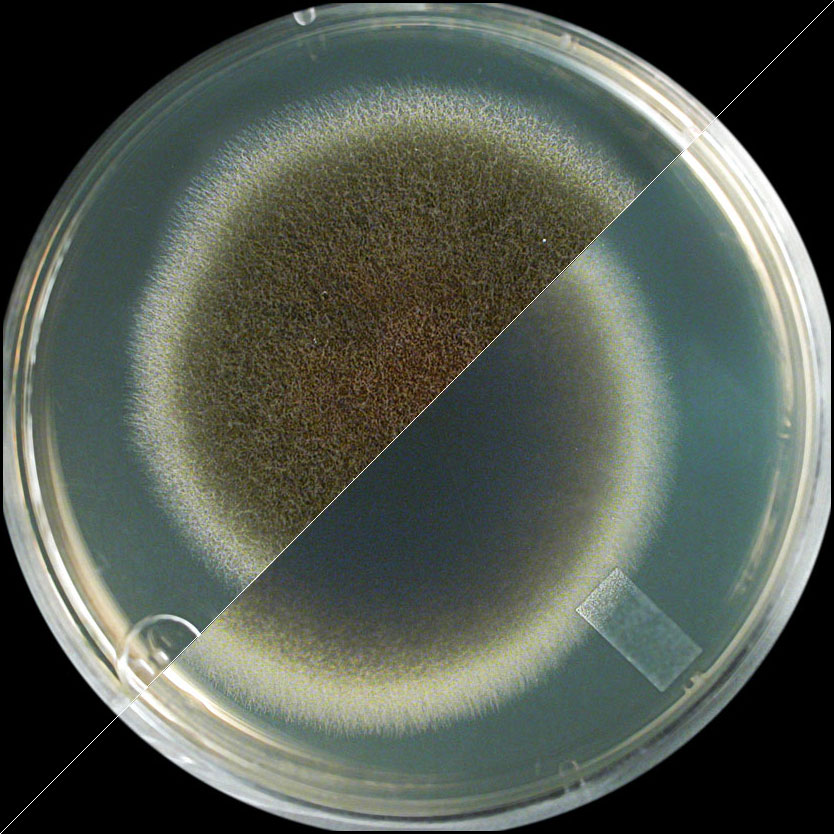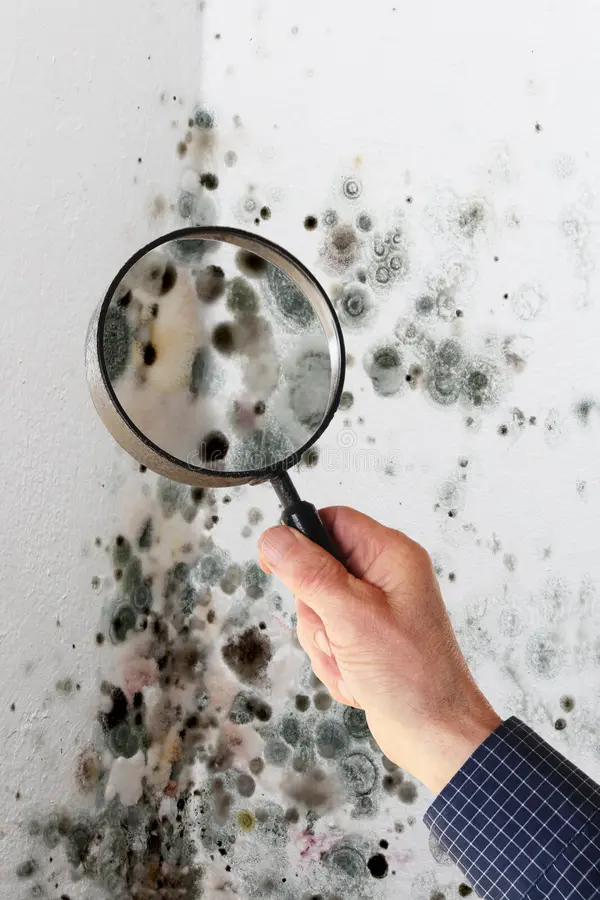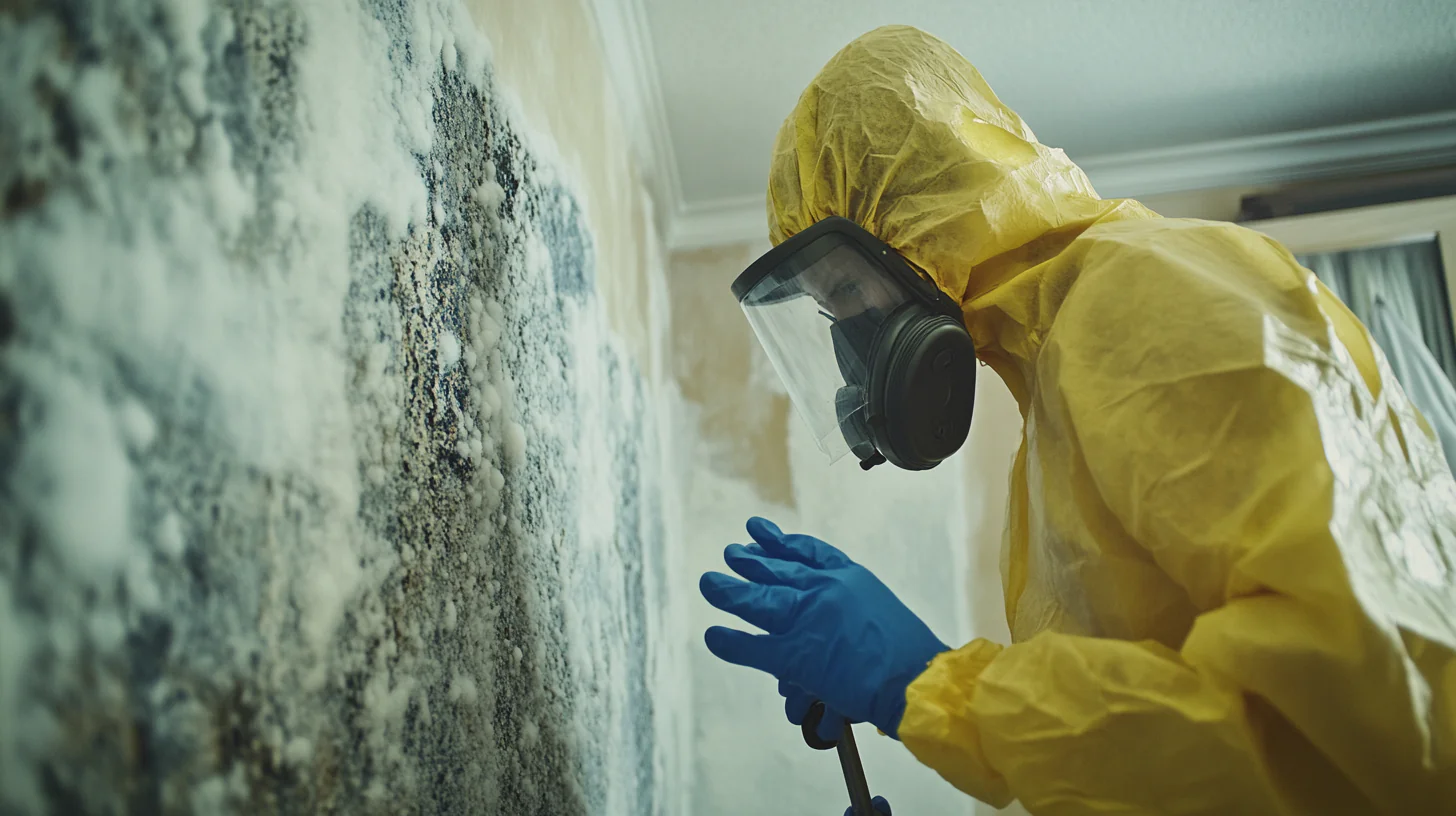Ulocladium mold might not be as infamous as black mold, but it can cause significant damage to your home and health if left unchecked. Found in damp and water-damaged areas, this fast-spreading mold is a sign of underlying moisture issues. Let’s dive into the details of Ulocladium mold, including its dangers, identification, removal, and prevention methods.

What Is Ulocladium Mold, and Why Should You Care?
Ulocladium mold is a genus of fungi often found in areas with water damage or excessive moisture. Its spores spread rapidly, and it thrives in humid environments, making it a common household mold. While it’s not as toxic as black mold, prolonged exposure to Ulocladium can lead to health problems and structural damage to your property.
Homeowners often encounter Ulocladium mold after events like floods, leaks, or poor ventilation. It’s essential to act quickly when you spot it, as it’s often a sign of deeper moisture issues.
Common Locations Where Ulocladium Mold Grows
- Bathrooms, especially around sinks, tubs, and showers
- Basements with poor drainage or ventilation
- Windowsills and frames with condensation buildup
- Water-damaged walls, ceilings, or carpets
Health Risks of Ulocladium Mold: Is Your Family at Risk?

Ulocladium mold can trigger allergic reactions and worsen respiratory conditions. It’s particularly harmful to individuals with asthma, allergies, or weakened immune systems. Here’s a breakdown of the health effects:
- Allergic Reactions: Sneezing, runny nose, itchy eyes, and skin rashes
- Respiratory Issues: Wheezing, coughing, and shortness of breath
- Eye and Skin Irritation: Redness, itchiness, or swelling caused by direct contact
Table: Health Symptoms Linked to Ulocladium Mold Exposure
| Exposure Level | Symptoms | At-Risk Groups |
|---|---|---|
| Low | Sneezing, mild coughing, skin irritation | Children, individuals with allergies |
| Moderate | Sinus congestion, itchy eyes, respiratory irritation | Elderly, people with asthma |
| High | Severe respiratory infections, chronic fatigue | Immunocompromised individuals |
How to Identify Ulocladium Mold in Your Home

Identifying Ulocladium mold early can save you time, money, and health risks. Here’s what to look for:
- Appearance: Ulocladium mold is usually black or dark brown and has a fuzzy or powdery texture.
- Growth Pattern: It often grows in circular clusters on damp surfaces.
- Odor: A strong, musty smell often accompanies its growth.
Not sure if you’re dealing with Ulocladium? Contact Citywide Mold Mitigation for professional mold inspection and testing services.
Effective Methods for Removing Ulocladium Mold
DIY Mold Removal Techniques
Small patches of Ulocladium mold can often be removed using DIY methods:
- Wear protective gear, including gloves, goggles, and an N95 mask.
- Scrub affected areas with a solution of water and vinegar or hydrogen peroxide.
- Dry the area thoroughly to prevent regrowth.
Warning: DIY methods are only suitable for small, isolated patches. For larger infestations, professional remediation is necessary.
Professional Mold Remediation Services

For severe or widespread Ulocladium mold infestations, hiring a professional is the safest and most effective option. Experts use advanced equipment like HEPA vacuums and antimicrobial treatments to eliminate mold and address its source.
Learn more about professional mold removal services at Citywide Mold Mitigation.
How to Prevent Ulocladium Mold from Returning
Preventing mold growth is an ongoing process. Follow these tips to keep your home mold-free:
- Repair leaks in plumbing, roofs, or windows immediately.
- Use a dehumidifier to maintain indoor humidity below 50%.
- Improve ventilation in high-moisture areas like bathrooms and kitchens.
- Regularly clean and inspect areas prone to dampness.
FAQs About Ulocladium Mold
| Question | Answer |
|---|---|
| What does Ulocladium mold look like? | It appears black or dark brown with a fuzzy or powdery texture, often growing in circular clusters. |
| Is Ulocladium mold dangerous? | Yes, it can trigger allergies and respiratory issues, especially in individuals with pre-existing conditions. |
| Can I remove Ulocladium mold myself? | Small patches can be cleaned with household solutions, but professional help is recommended for larger infestations. |
| How can I prevent Ulocladium mold? | Control humidity, fix leaks, and ensure proper ventilation in your home. |
| Where does Ulocladium mold commonly grow? | Bathrooms, basements, water-damaged walls, and poorly ventilated areas. |
Don’t Let Ulocladium Mold Take Over Your Home
Ulocladium mold might not make headlines like black mold, but it’s a serious threat to your home and health. Early detection, effective removal, and consistent prevention measures are the keys to keeping it at bay. If you suspect a mold problem, don’t wait—reach out to Citywide Mold Mitigation today and let the experts handle it.

